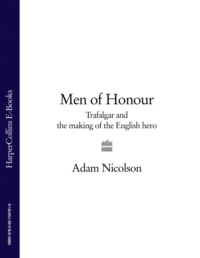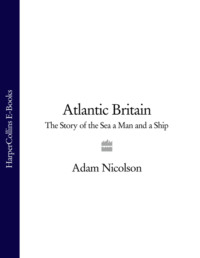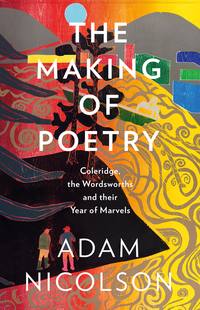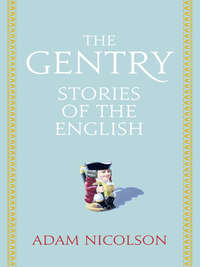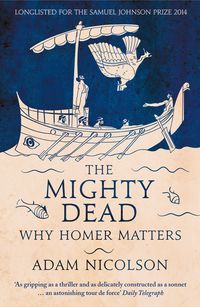Power and Glory: Jacobean England and the Making of the King James Bible
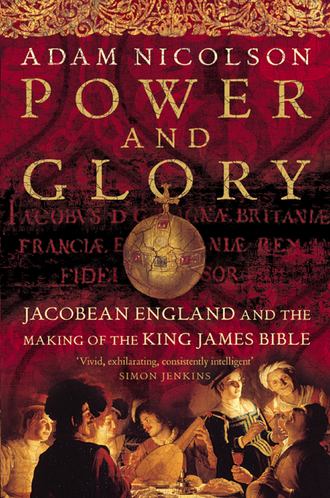
Полная версия
Power and Glory: Jacobean England and the Making of the King James Bible
Язык: Английский
Год издания: 2019
Добавлена:
Настройки чтения
Размер шрифта
Высота строк
Поля
Конец ознакомительного фрагмента
Купить и скачать всю книгу



